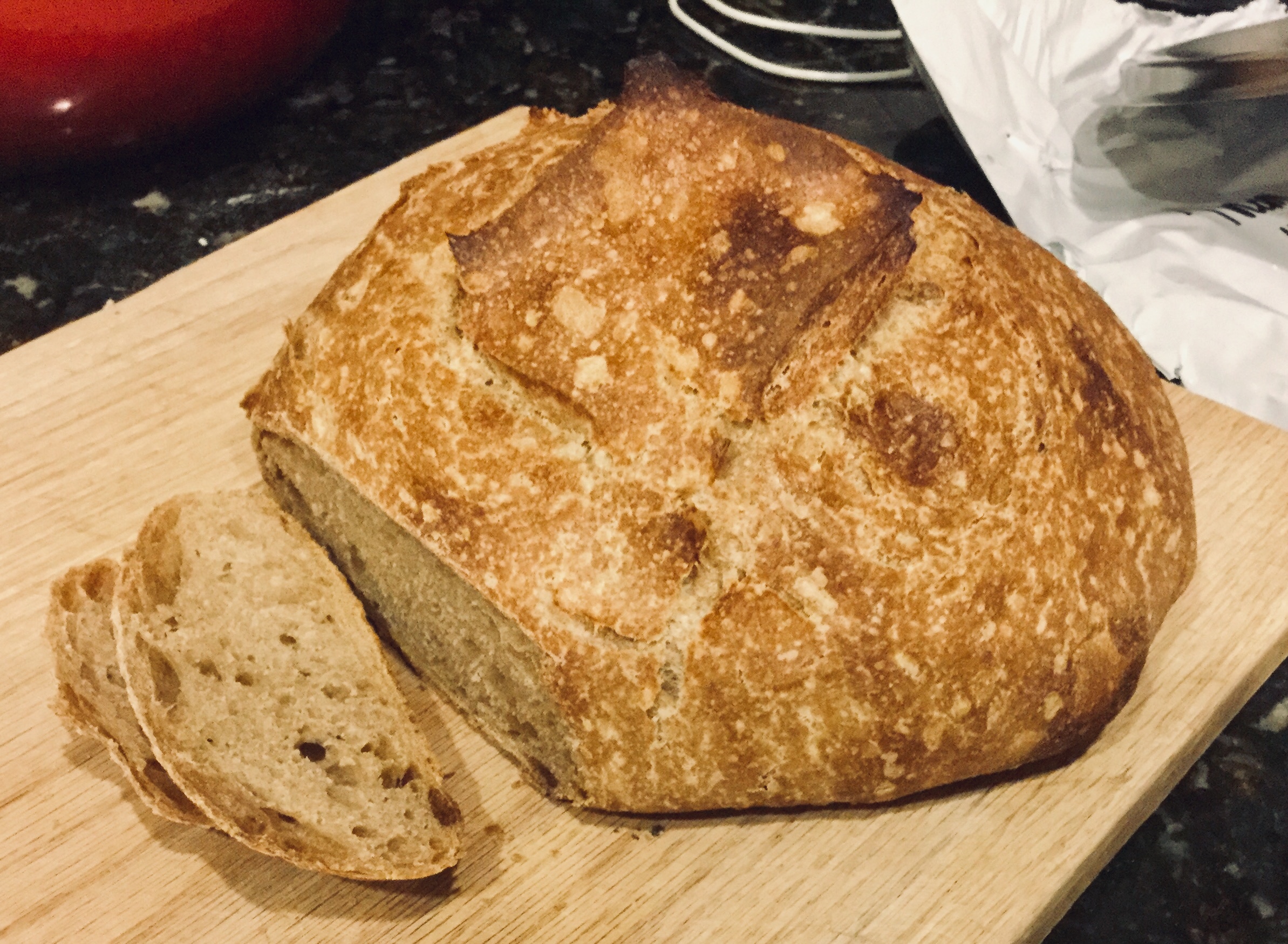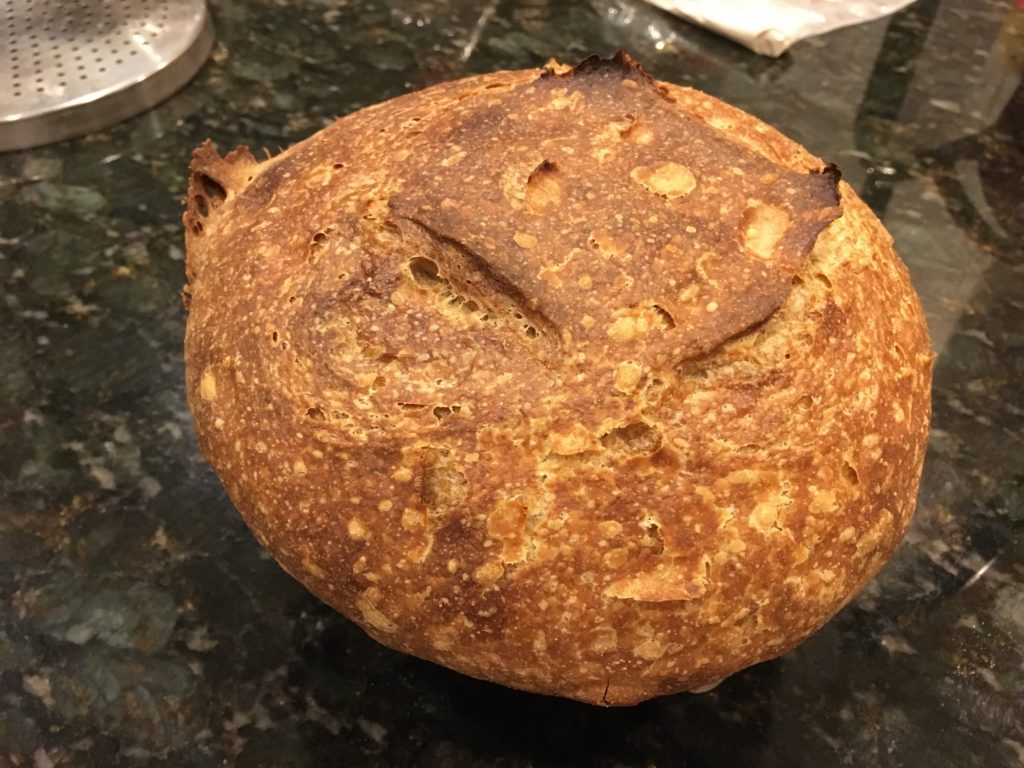A couple weeks ago, I developed a new system for my daily things to do. I’m not sure if it will hold long term, but I’m pretty intrigued by it so I thought I’d share. Its based off of the Pomodoro system, but without the pomodoros.
It’s a simple mix of analog and digital. In the morning, I very quickly skim the emails to make sure I don’t have any new calendar invites for the day and then print out the daily calendar from outlook. This calendar page then gives me a sheet of paper to take notes from voicemails. After voicemails I skim the emails more carefully to make sure there isn’t anything that needs to be immediately addressed.
Once that is completed, I then pull up Microsoft OneNote which holds my god-list list with all the tasks that need to be done for all my projects. I scan the list and pull off the items I want to work on for the day. The god list idea came from following the various lists that Mark Foster has played with over the years. Unlike Mark Foster who does a simple undifferentiated list, this list is categorized by project, furthermore every item on the list is highlighted with a responsible party, so I can keep track of major items and the project status. The daily printout and selection concept comes from the Pomodoro Technique, even though I don’t currently execute the 25 minute pomodoro routine at this time.
Once I have this daily list written down, I take a deep breath, prioritize the items, take another deep breath, and start on the first one. I am generally pretty good at estimating time, and will end up knocking most of the items on the list, with a couple less urgent items left uncompleted at the end of the day, which is fine by me.
The god list and the daily sheet play together hand in hand. The daily sheet ensures that I don’t miss any appointments for the day and keeps me focused on that tasks that need to be accomplished immediately. It also gives me context for the day, and I know that if I need to chase something that comes up out of the blue, something else on that daily list won’t get done. If that trade is acceptable, I go ahead and address it. For everything else, the god list is that it is my release valve. If there is a task that I need to address but is not immediately urgent, I write it on the god list, highlight it showing that it is my responsibility, and then forget about it. With several projects burning at once, it is important to have each day in context as well as a simple list that gives me an immediate snapshot of all of my responsibilities.
The one bit of occasional maintenance that would not be obvious from the notes above is that I aspire to be an inbox zero guy. I will quickly scan the emails in the morning, and then about once a week when things get out of hand I purge through my inbox and sent folders. I try to file or delete all emails. If an email points out a task that needs to be done, I add an entry in my OneNote god-list and then file the email in its project folder. For the rare important unresolved emails, I’ve played with the idea of filing a copy of the email in a separate OneNote page with the project and task as the title, but that seems too unwieldy so I still just leave those it in the inbox. So I’m not a true zero guy, since I usually end up with a couple emails in my inbox.
The biggest issue I need to work on is making sure I carve out time to do the One thing, aka the important but non-urgent items Q2 items in Stephen Covey’s matrix. Part of the problem is that I’m still relatively new at the job, so a lot of things are coming at me fast. Hopefully with time discernment will come. As I write, it seems that I need to prioritize training more than I have previously….once I take care of my biggest batch of fires that will push me through the month.


